Because of its geometry, a blank works in a way that is unique to it, and can be totally different from another. This way of reacting, naming the action, has a direct impact on your animations, your casts, the control of your line or even your fights. So, this criterion is an essential point to take into account when making your purchase, to design a tool that perfectly meets your needs.

Blank geometry
While all blanks are sheets of carbon rolled and glued together, they all have different geometries and characteristics. The size and shape of this sheet of carbon determines the distribution and quantity of material, which, combined with the properties of the selected material, induce a behavior and action specific to each blank.

Static action
The action of a blank is simply defined by the portion of the blank that flexes when you pressurize it or make it work; it can then be represented by a curve and as such, it is an action that can be described as “static”.
If your blank works on less than the last quarter, we call its action peak or very peak; if it's the last third or half that flexes when pressure is applied, we call it semi-parabolic or parabolic action.
Today, given the American and Japanese influences in the fishing world, we often speak of X-fast, fast, medium fast or moderate action. However, these terms literally symbolize dynamic behavior and are sometimes misleading.

Dynamic action
A blank is therefore characterized not only by its static action, but also by its dynamic character, i.e. its speed or frequency. This corresponds to the tip's reactivity, the speed it takes to return to its initial position after being pressurized.
Thus, and this is where we mustn't confuse dynamic character with static action, we can find tip actions with a low frequency as well as a particularly fast moderating action; even if it's true that these are not the most common associations.
Another advantage of semi-parabolic actions is that they “charge” a maximum of energy when pressurized, enabling longer throws.

Different feelings
After reading the preceding points, it's easy to understand why, when you pick up 2 blanks with characteristics that seem identical or at least very similar on paper, you may have different sensations. Frequency in particular plays a part in this divergence of sensation, as does the quantity and distribution of material mentioned above. We can therefore find tip actions with a rather soft, fine tip and others with a hard tip, for example. The former will be more versatile and playful, while the latter will be more suited to very precise scraping or rubber jig fishing, requiring powerful hooks to penetrate the protected hook properly.

Precision and feedback
If it's obvious that to practice a specific technique effectively, you need to choose the right length and power of your blank, you also need to pay particular attention to its action.
Fast and x-fast actions, especially when combined with high modulus carbon, are ideal for fishing requiring precision, responsiveness and often resonance. This naturally brings to mind scratch fishing, but also fly fishing where you need to use dry animations and maintain excellent bite detection.
This type of action is also ideal for swimfish fishing, especially jerking.

Promote line control
For all techniques requiring the lure to be kept under tension during all phases of the animation, the moderate fast action is preferred. For line fishing, whether with soft lures or minnows, this is the most suitable action as it allows you to maintain that famous direct, permanent link with your lure and encourages suction.

The special case of moderate actions
Finally, moderate actions are less widespread on the market and at the water's edge because they offer very little versatility and are therefore reserved for specific, precise uses. Particularly when combined with standard modulus carbon or fiberglass, parabolic actions are perfect for all lures that offer water resistance and “pull” through the rod. In fact, this type of blank dampens vibrations and minimizes feedback, providing undeniable comfort with big cranckbaits, for example.
In addition, parabolic action blanks are perfectly suited to deep vertical fishing, particularly with slow jigs or large soft lures, or for fish that have the annoying tendency to unhook easily, such as trout!


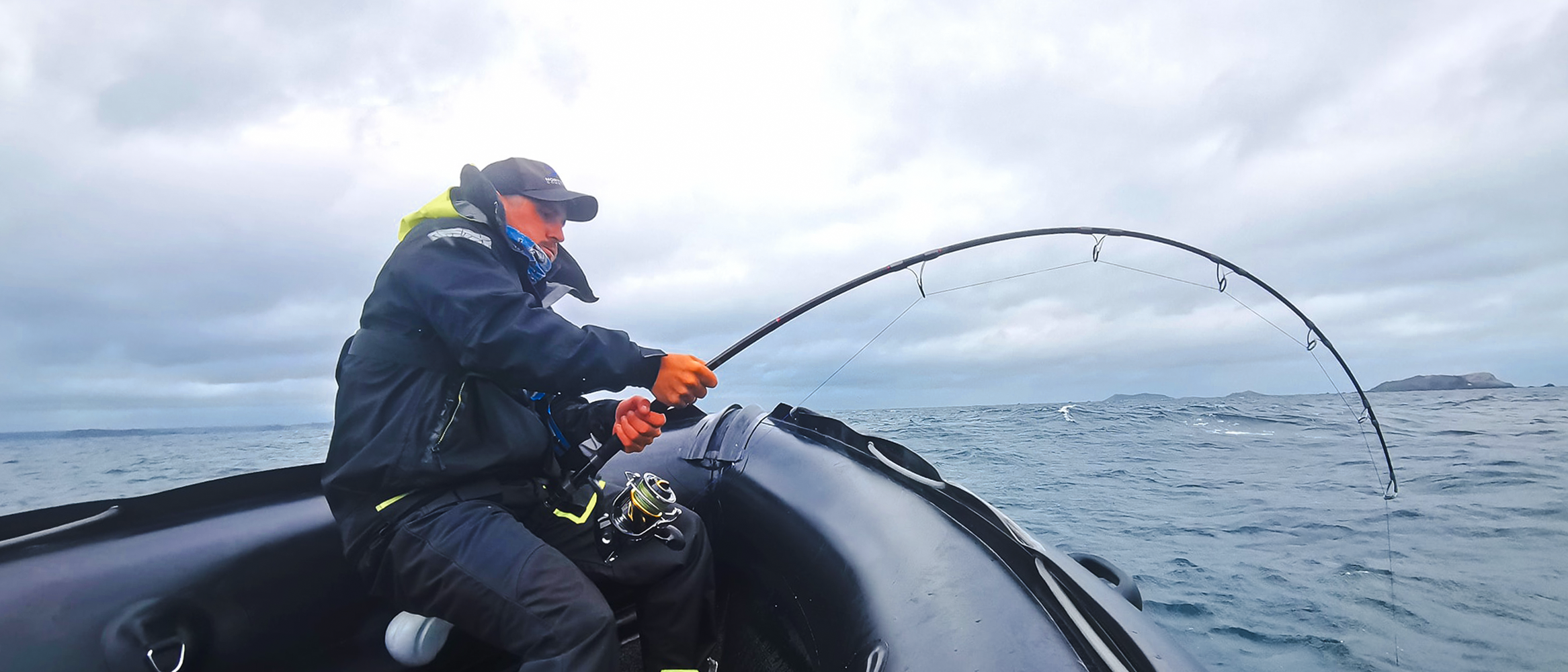
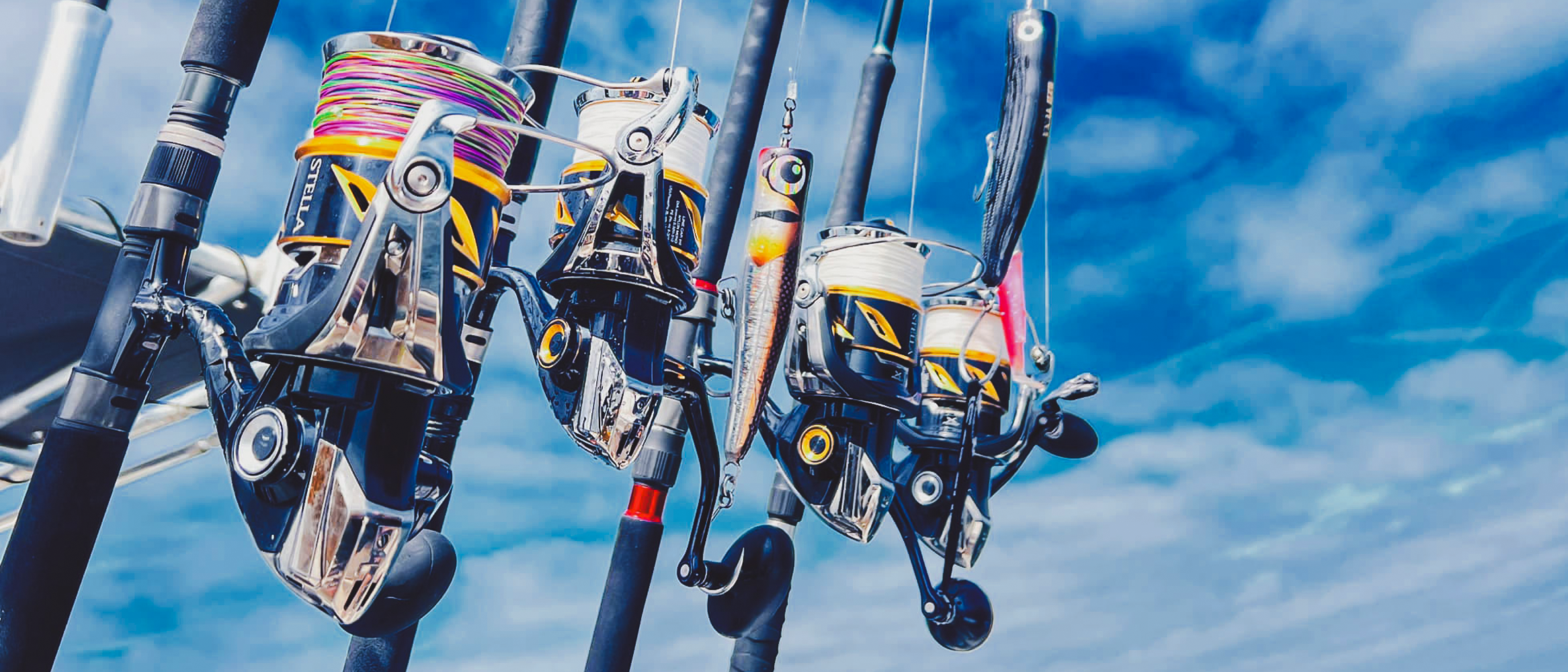
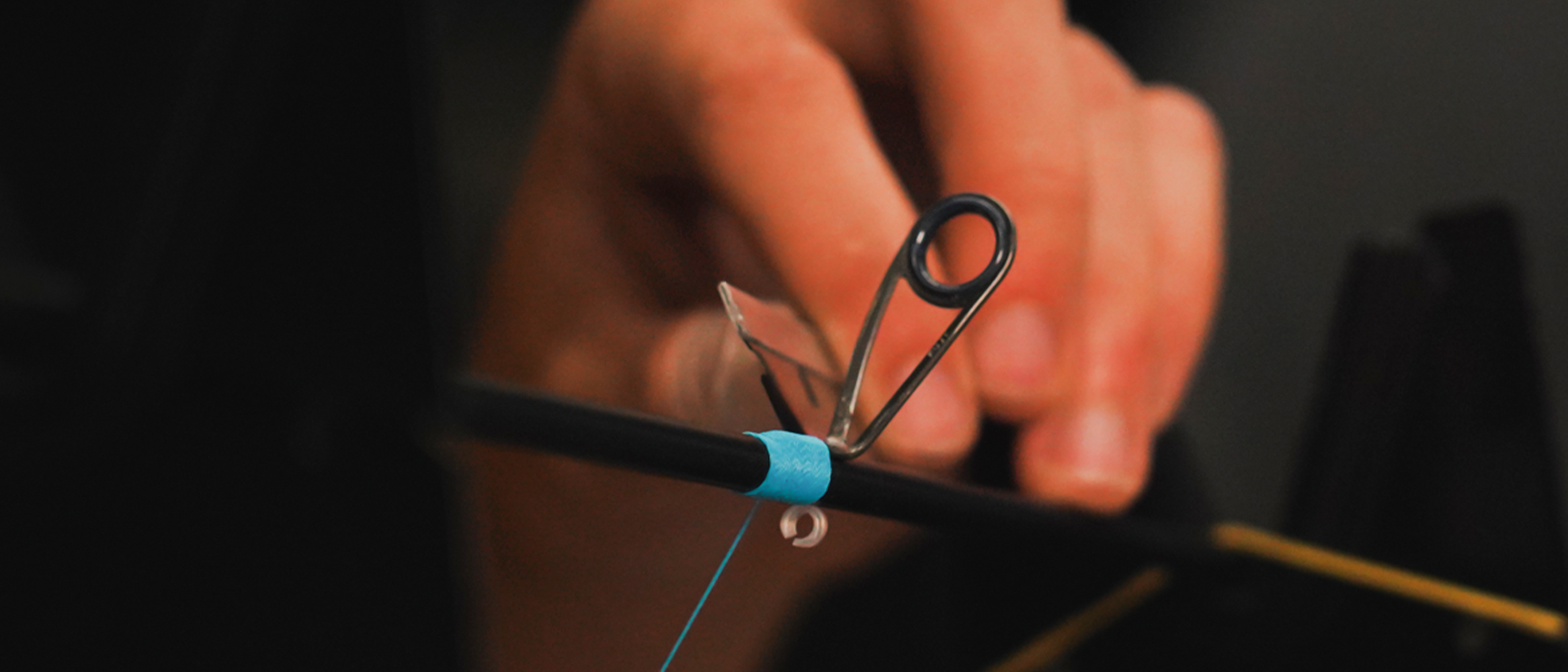
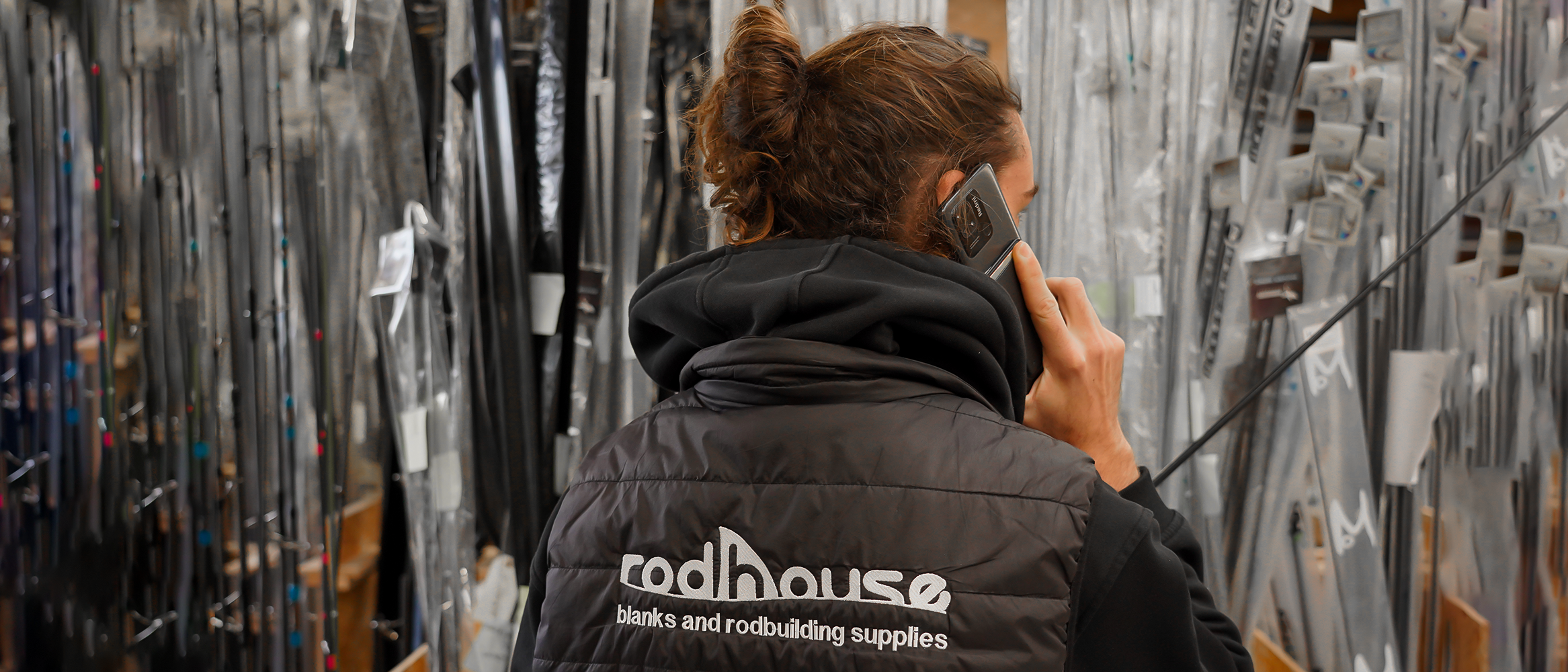
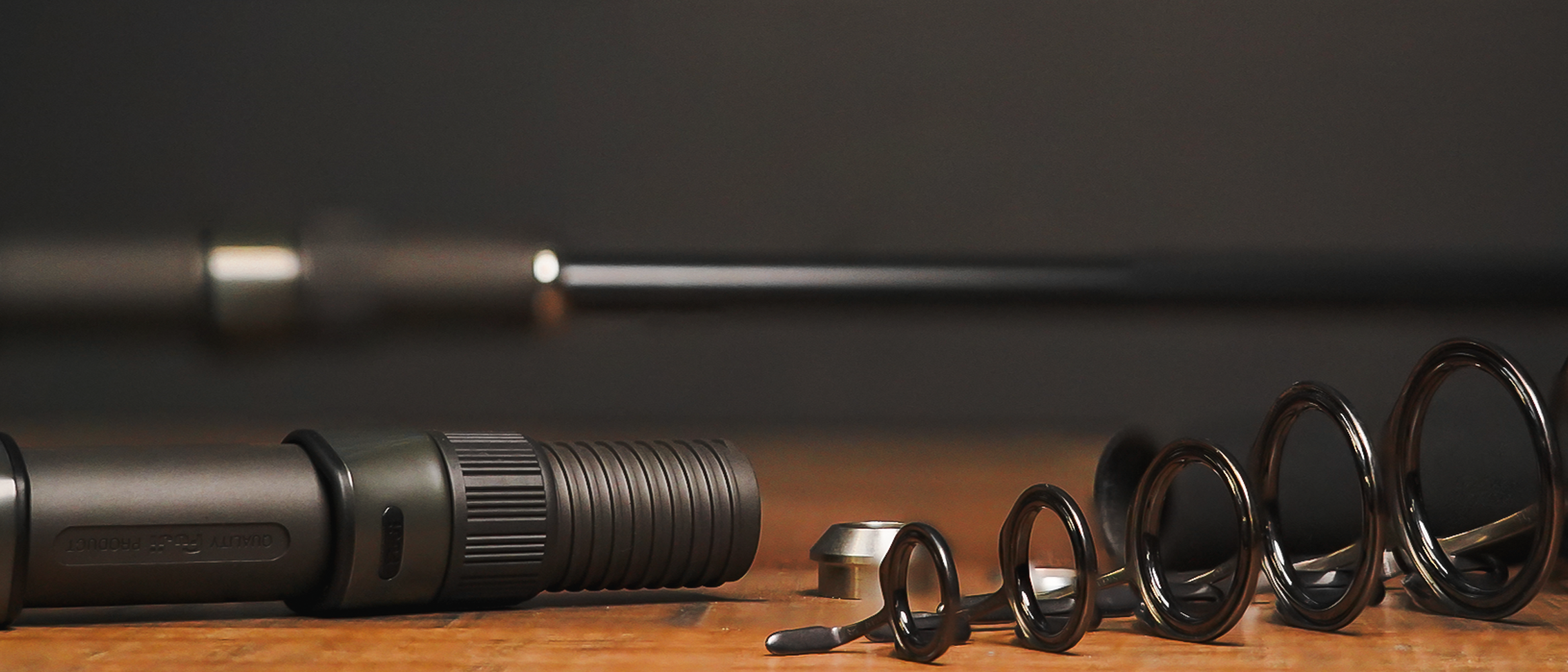

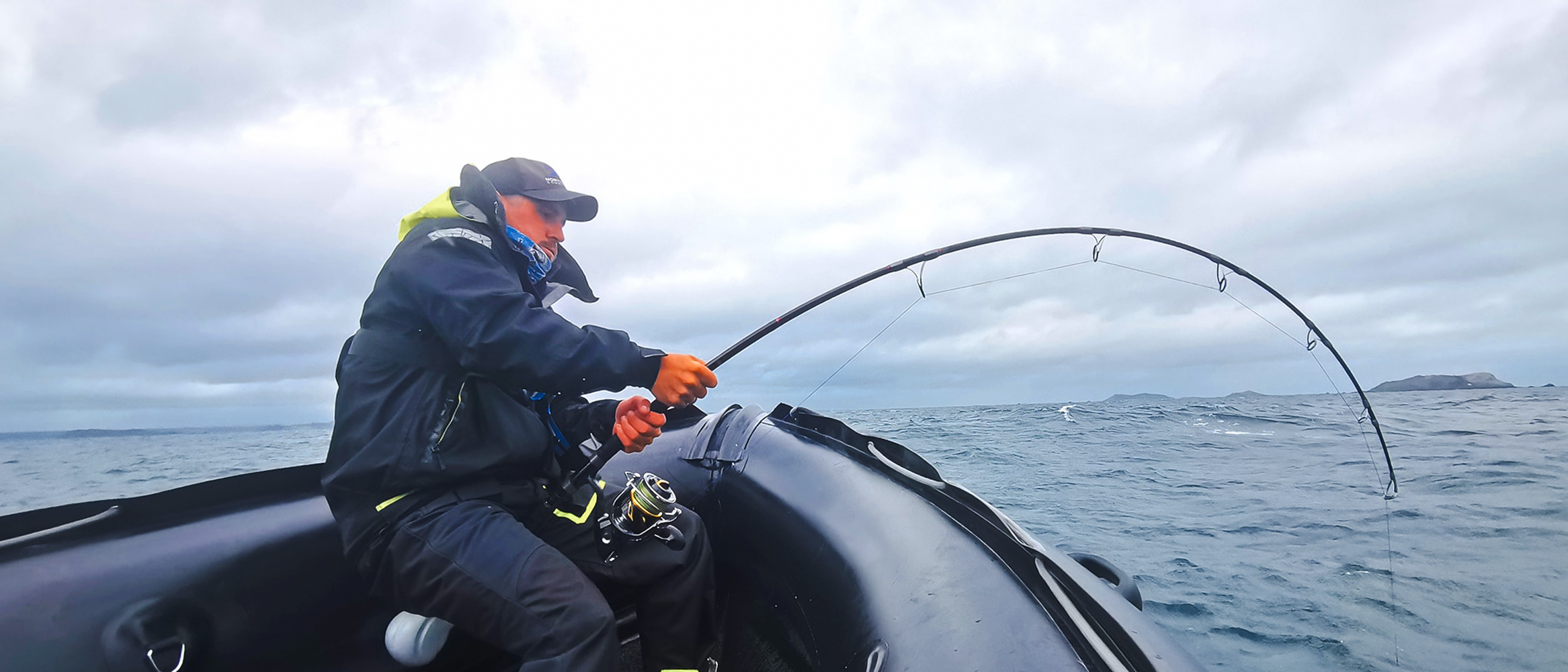
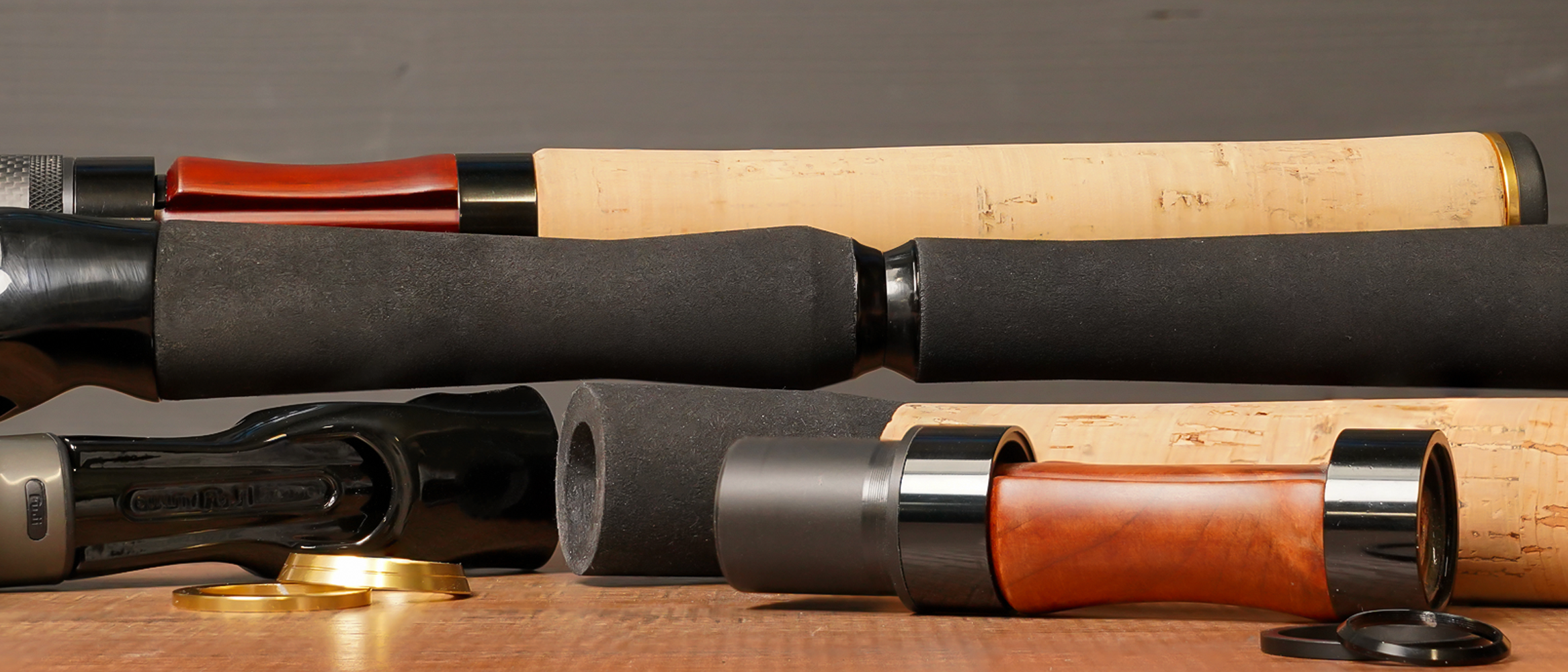
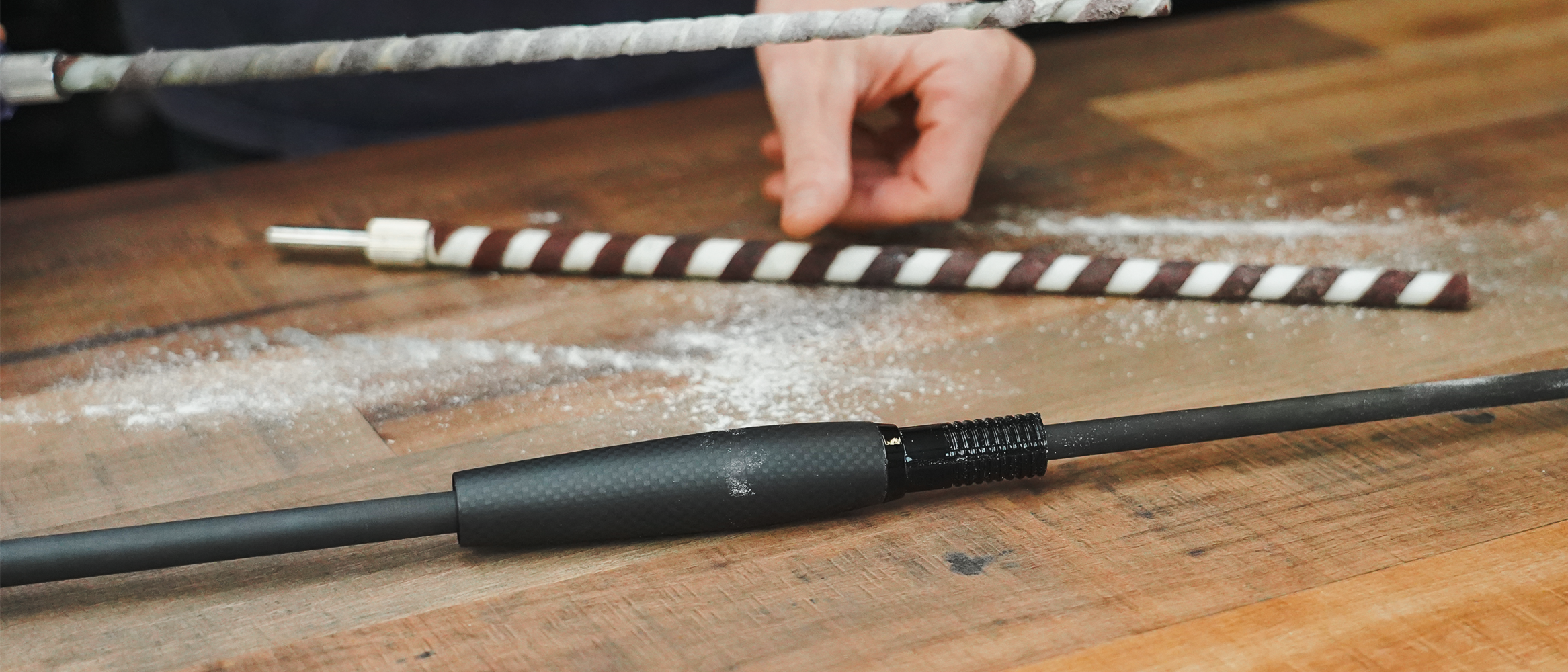
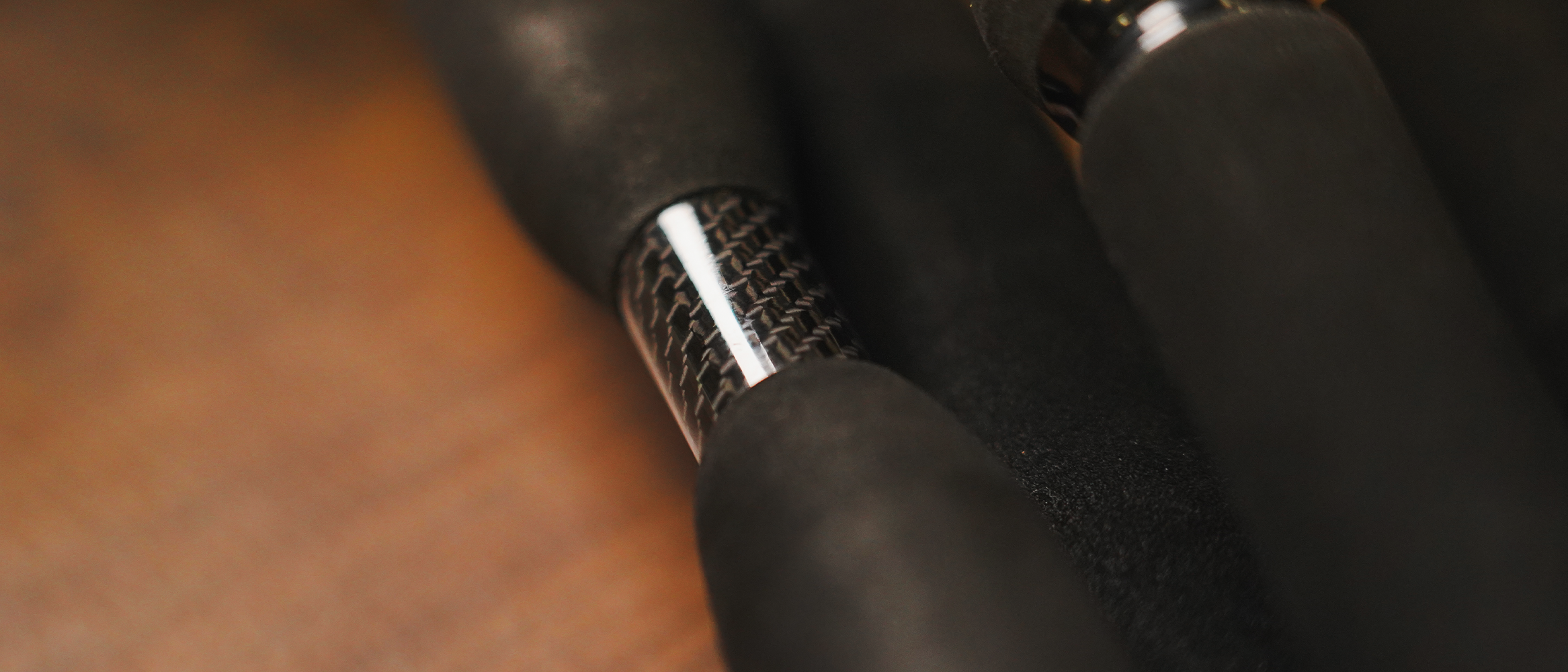
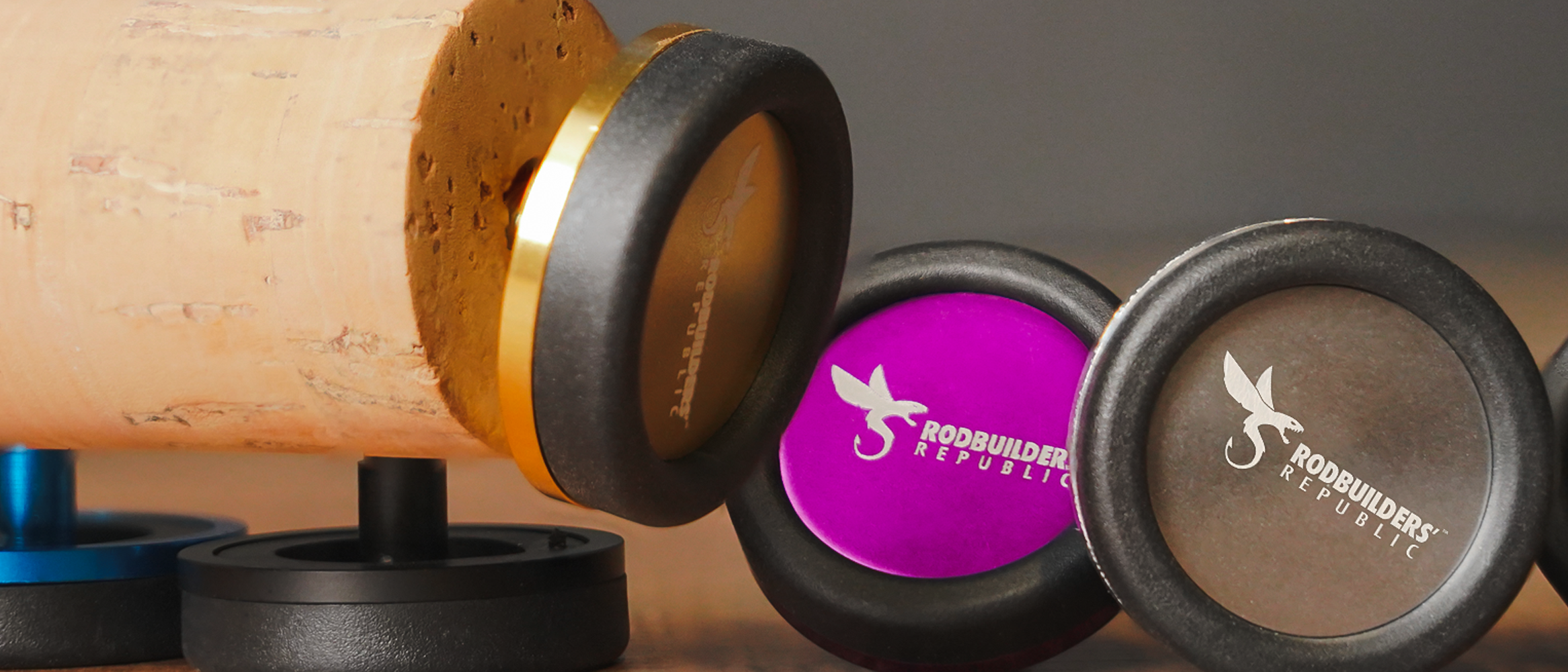
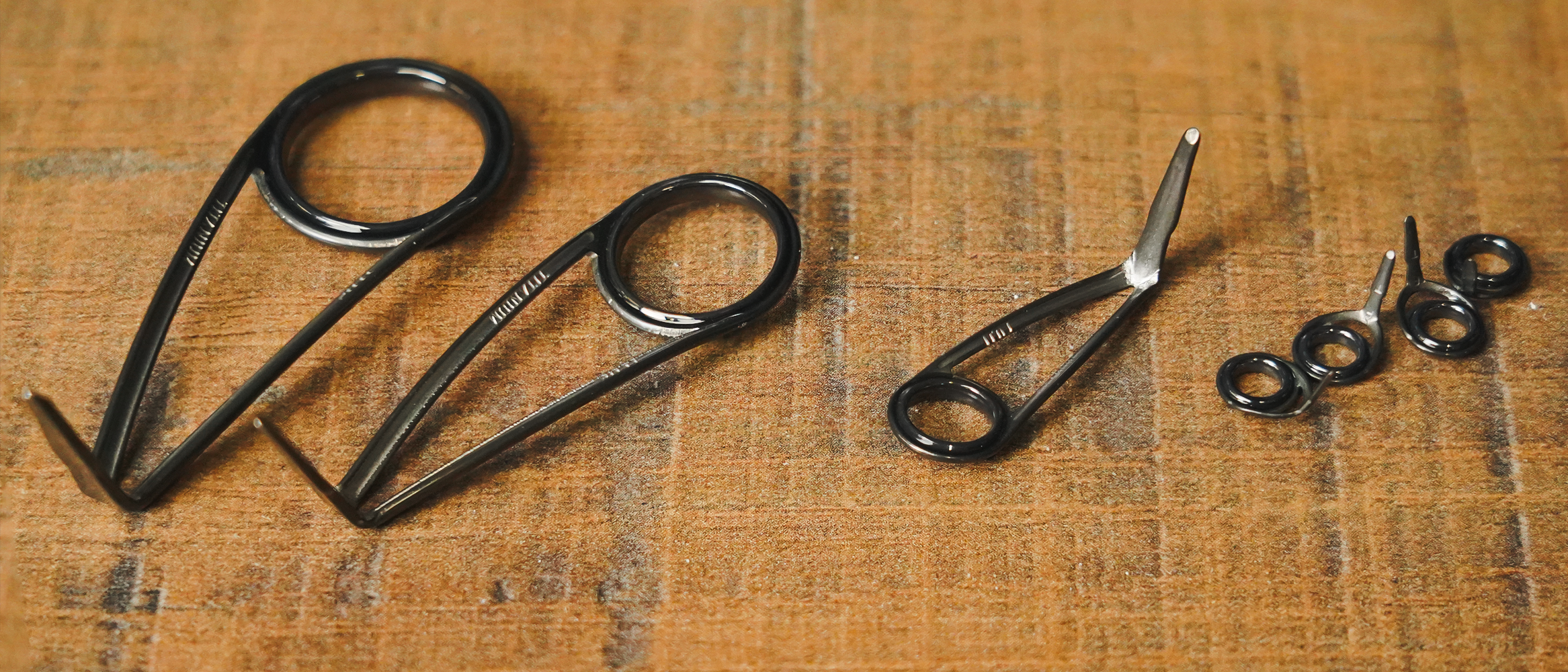

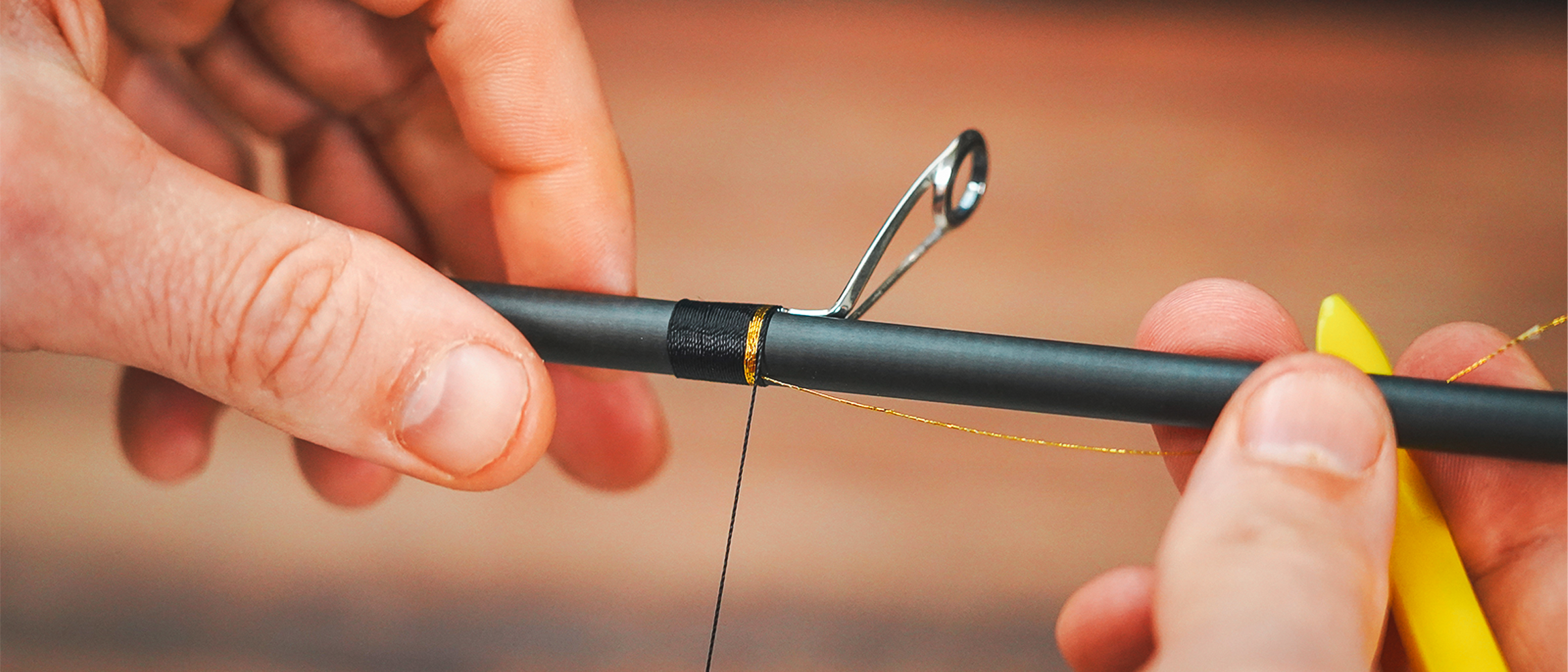
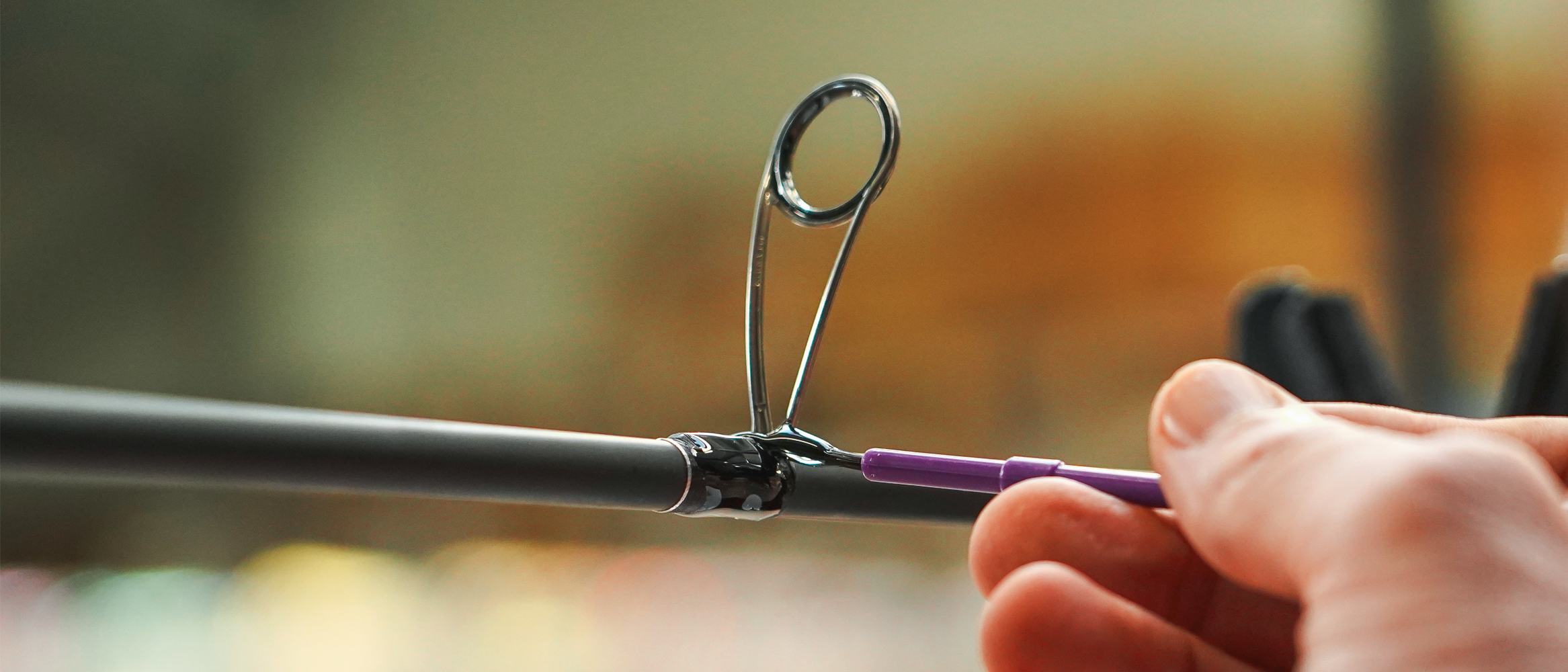
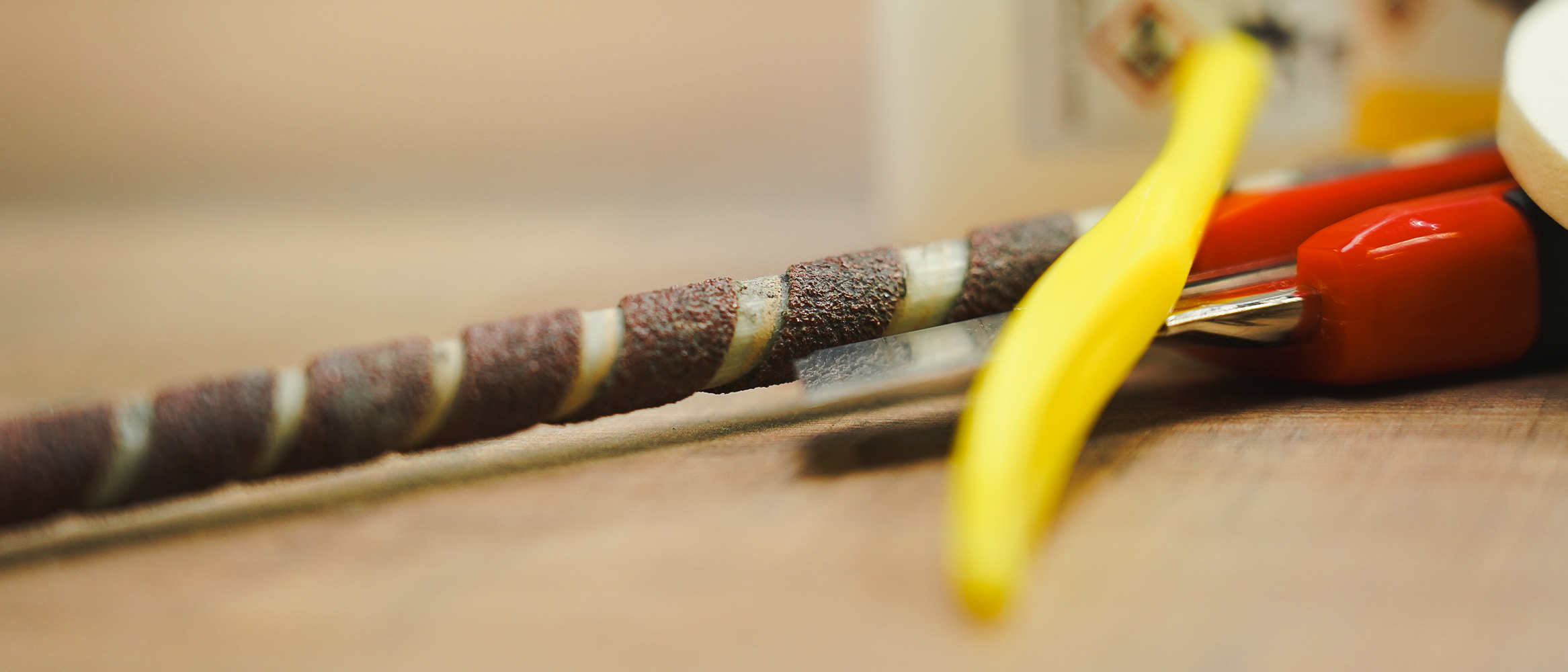
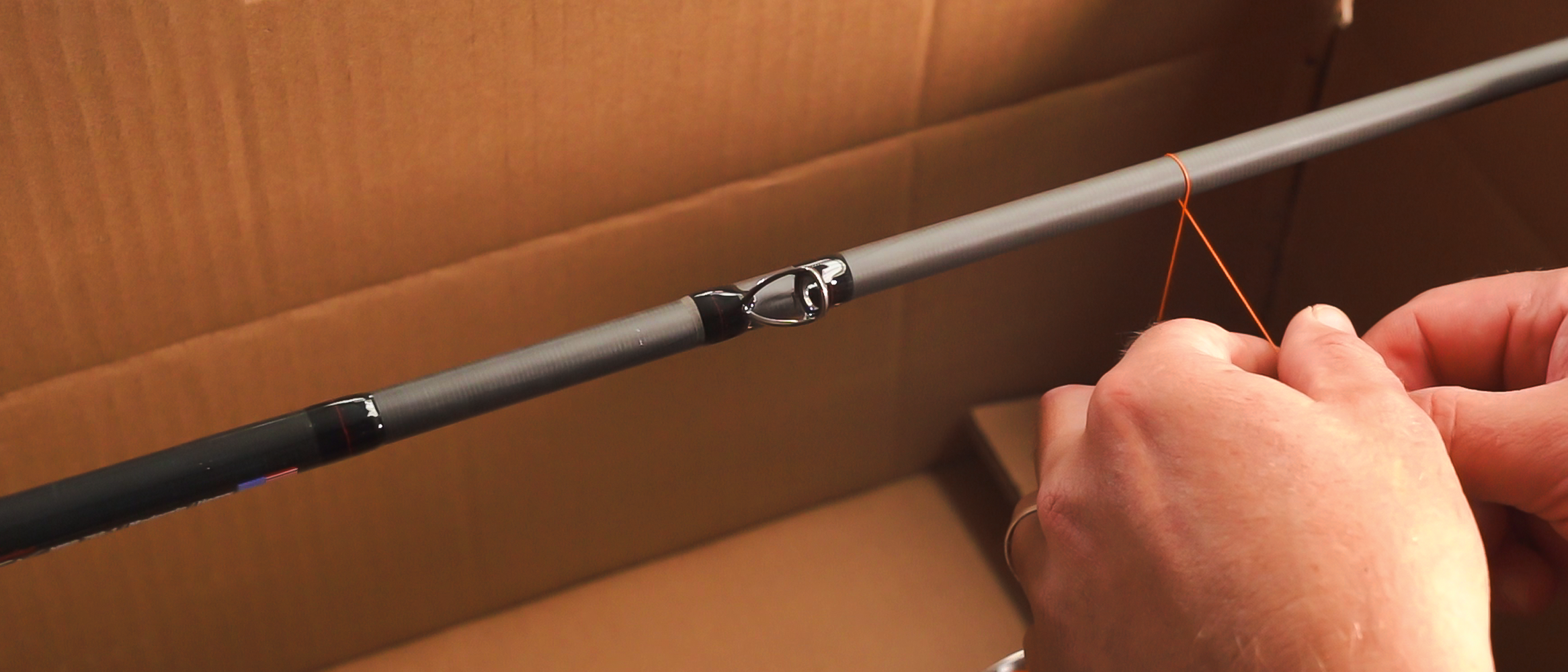
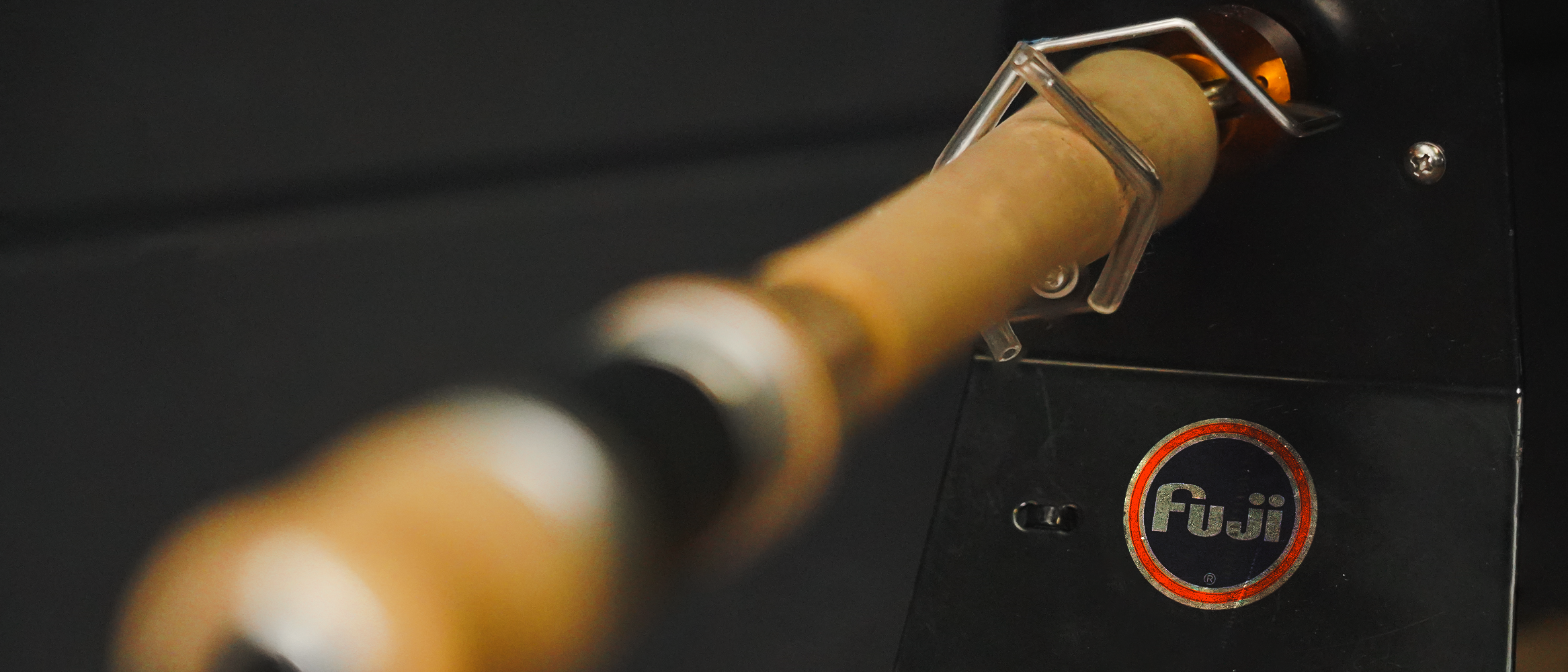
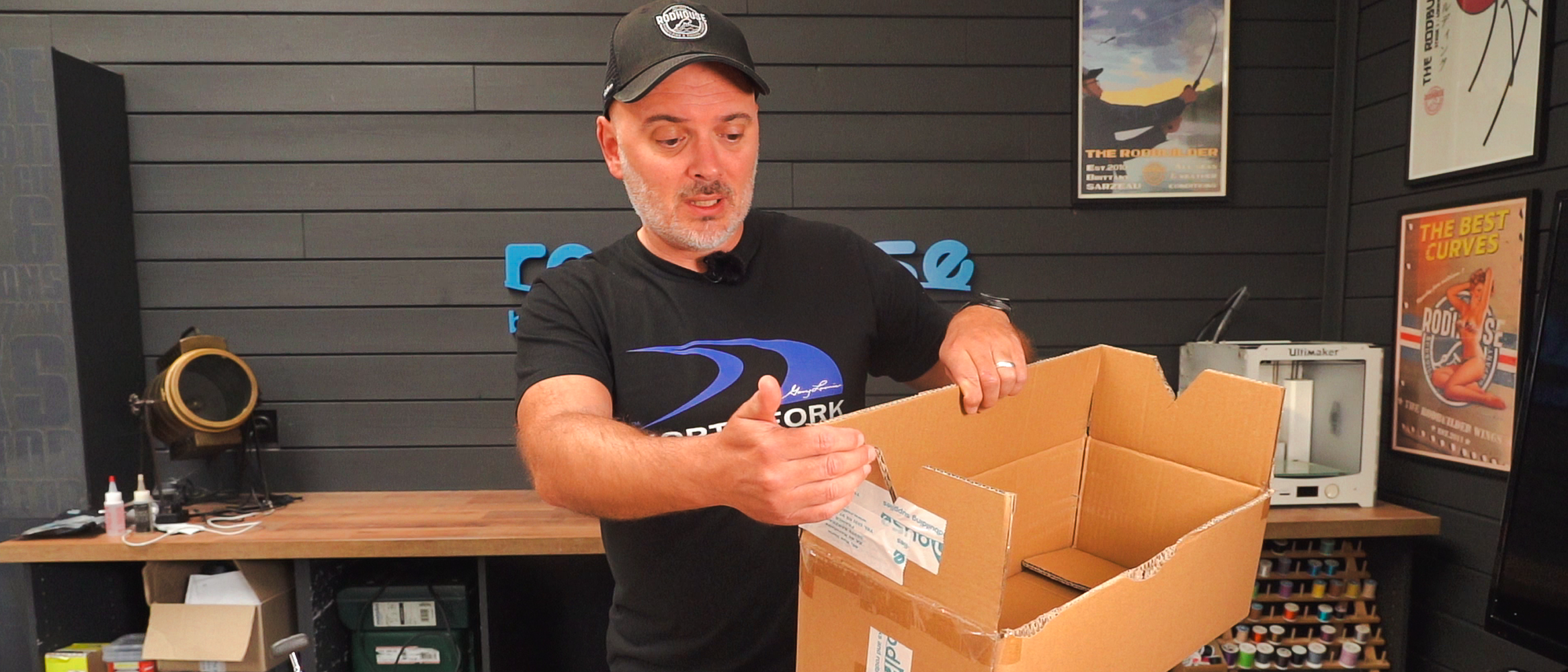
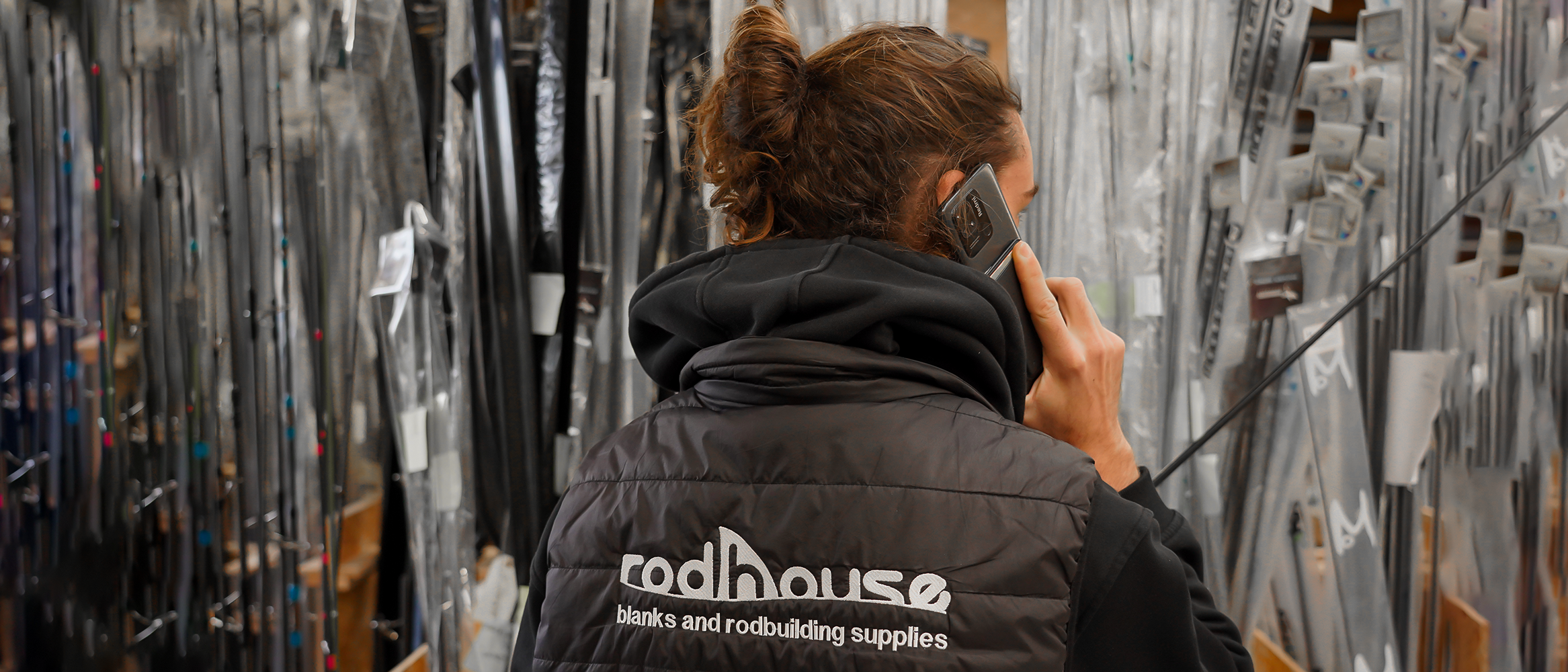
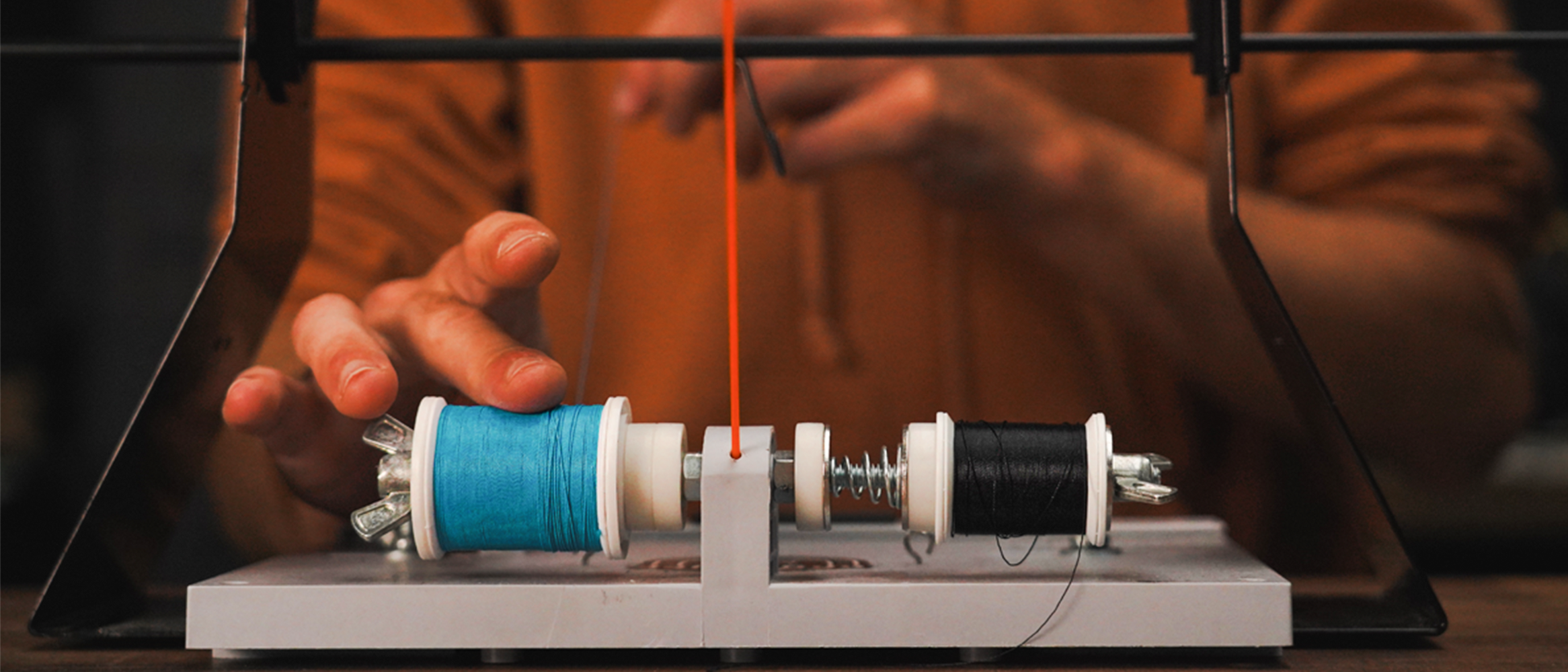
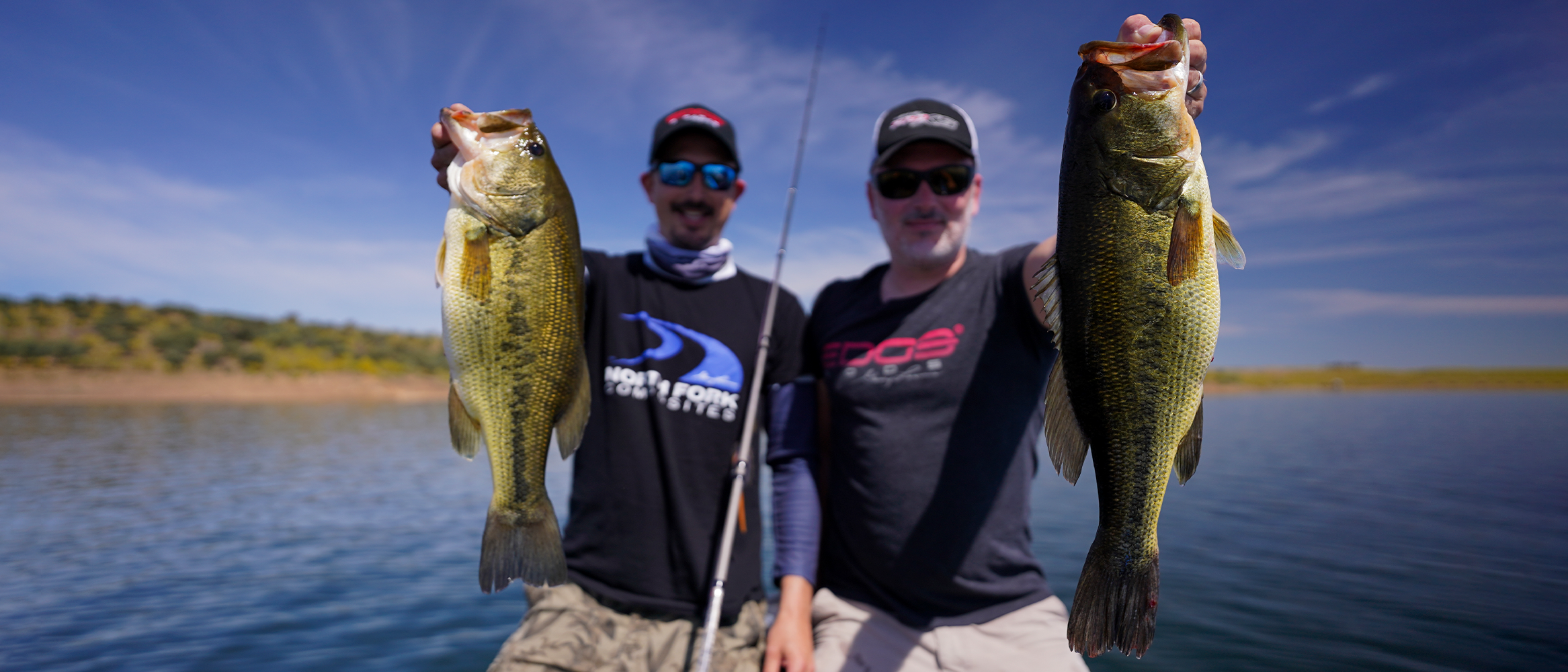
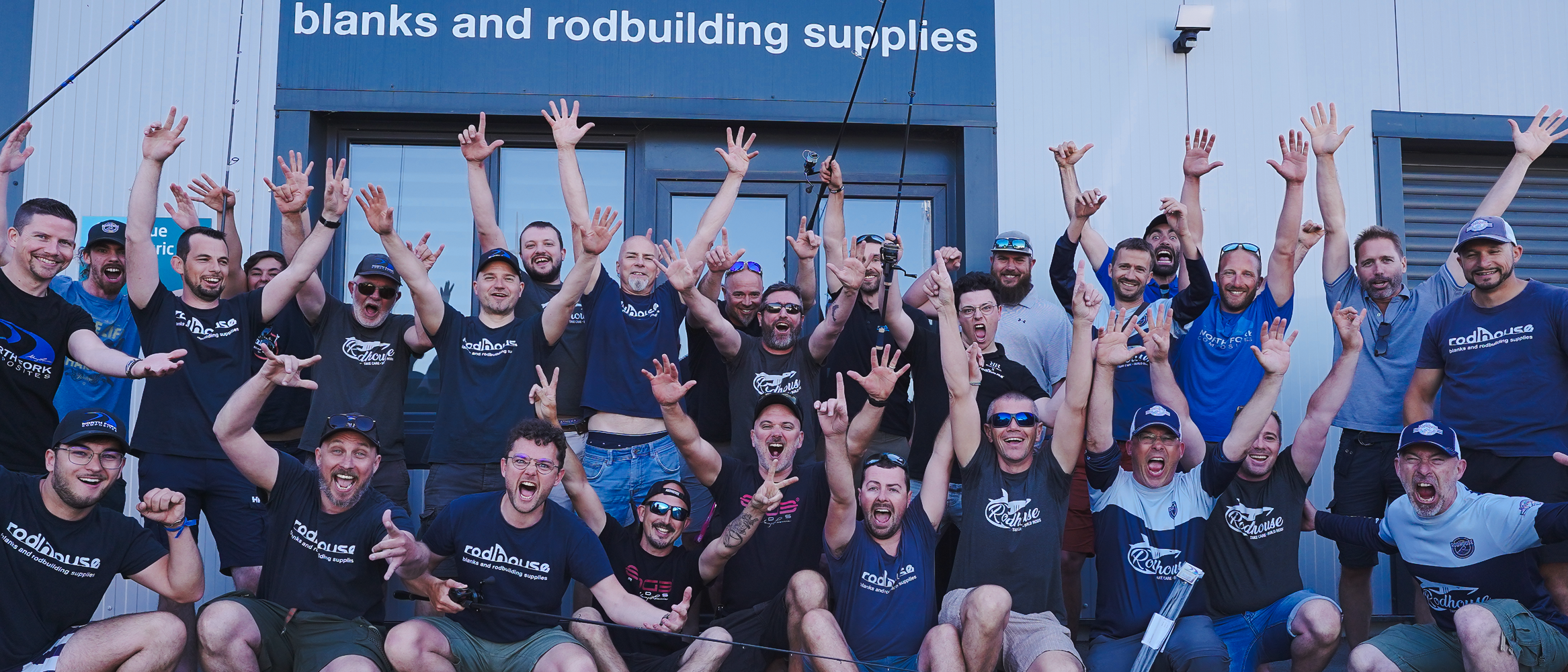

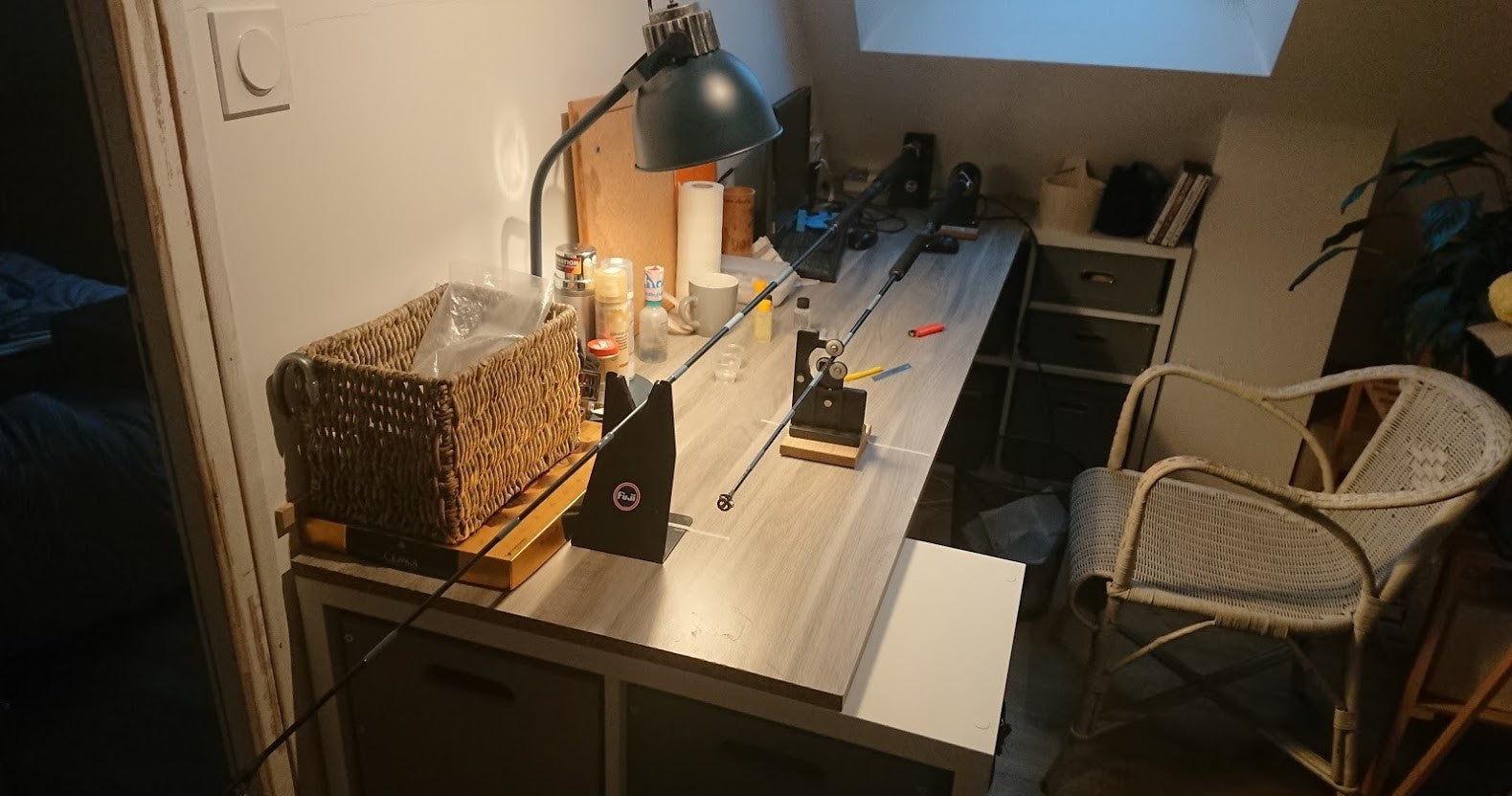
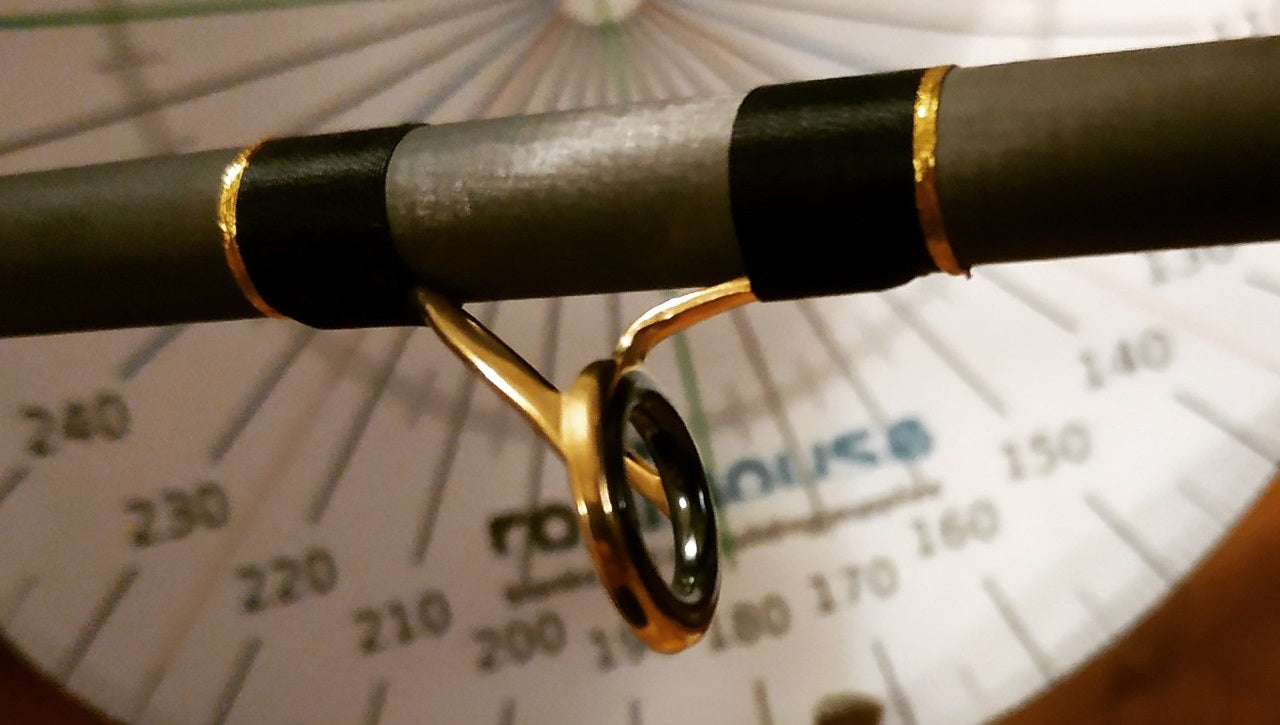
Leave a comment
All comments are moderated before being published.
This site is protected by hCaptcha and the hCaptcha Privacy Policy and Terms of Service apply.